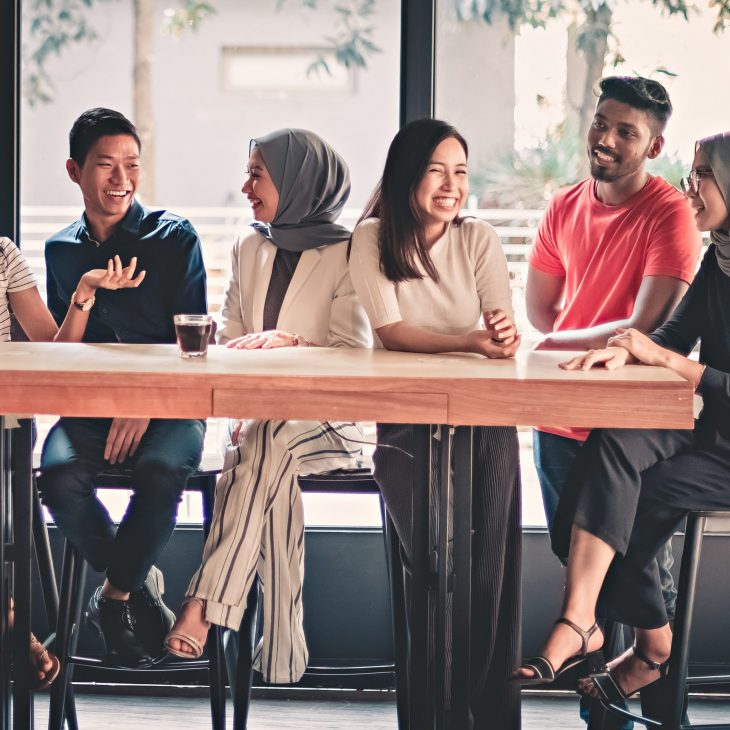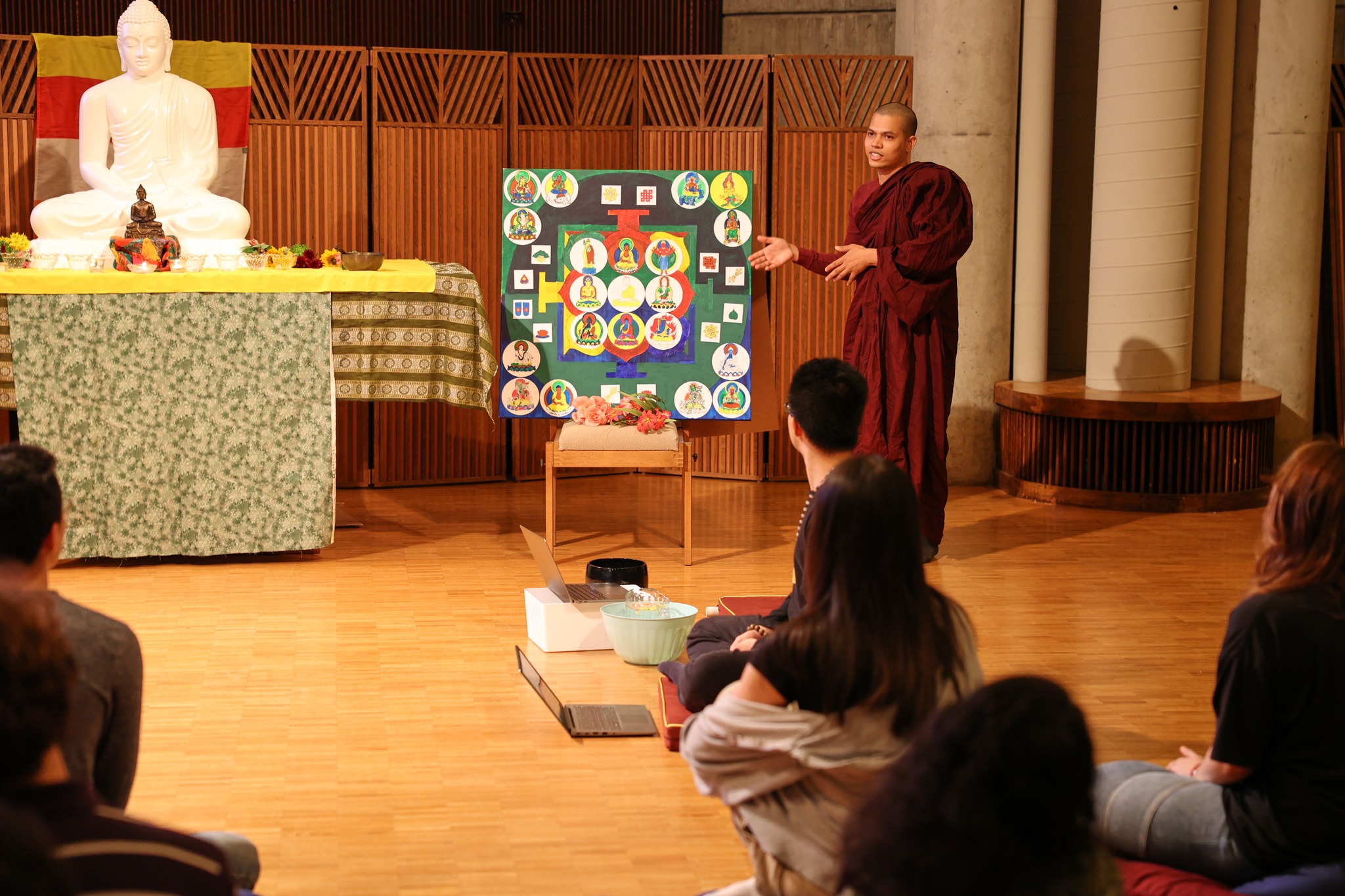In the Nation’s Diverse Religious Landscape, the Importance of Asian American Stories
February 1, 2023

This article is part of Interfaith America’s AAPI qualitative research and storytelling initiative, which explores Asian American and Pacific Islanders’ experiences of religious identity and diversity in the United States. Stories published as part of this initiative offer key findings from the research and spotlight AAPI changemakers across different religious, civic, and professional sectors.
Since its founding, the United States has attracted people from different parts of the world who hold an array of religious, spiritual, and secular identities and ideals, but the Immigration and Nationality Act of 1965 was a watershed moment for America’s religious diversity. This important legislation opened up immigration to people beyond Western Europe and “in particular, the law created new opportunities for immigrants from Asian nations.” In turn, Buddhists, Confucianists, Hindus, Muslims, Jains, and Sikhs, among others, began settling in the U.S. in significant numbers.

Today, Asian Americans and Pacific Islanders are meaningfully shaping civic, professional, and religious spaces across the United States, and yet the AAPI community — and the tremendous cultural, ethnic, and religious diversity it represents — is often deeply misunderstood. Stereotyping and discrimination have long plagued Asian Americans, and in the wake of the COVID-19 pandemic we have seen disturbing increases in anti-Asian hate in the form of verbal and physical abuse as well as violent attacks. Recent mass shootings in Half Moon Bay and Monterey Park, California, are only the most recent examples of events that stoke “ongoing fears of violence against Asian Americans.”
At Interfaith America, we believe that religious diversity is a foundational American strength. We also recognize that mobilizing that strength for the common good requires deep listening to better understand one another’s identities, experiences, and aspirations. To this end, we have initiated “The AAPI Community and America’s Religious Diversity: Qualitative Research and Storytelling.” With support from The Asian American Foundation, this project explores Asian American and Pacific Islanders’ contributions to religious diversity in the United States. Through interviews and focus groups with AAPI leaders in religious, civic, and professional spaces, we are learning:
- How intersections of race, ethnicity, religion, culture, and family history complexify what it means to be an Asian American or Pacific Islander;
- How Asian Americans and Pacific Islanders experience solidarity and belonging — or a lack thereof — in the United States;
- How members of the AAPI community encounter or engage with religious diversity in the United States; and
- How they are working across racial and religious lines to confront anti-Asian bigotry and hate.
In the coming months, we will use Interfaith America Magazine as a venue for communicating insights from this research that will inform how we support, and engage with, Asian Americans and Pacific Islanders through interfaith cooperation. We will also feature inspiring stories of AAPI changemakers who are ushering in a more inclusive interfaith America through their work in education, health care, government, philanthropy, nonprofit, and other sectors.
Deepening our knowledge of the AAPI community — and the rich diversity of identities and experiences it represents — is a vital and urgent task if we are to succeed in unlocking the potential of America’s religious diversity. However, the impact of our learnings will depend on how they are shared and applied to advance the common good. To this end, we invite you to read, share, and act on the narratives coming out of “The AAPI Community and America’s Religious Diversity” and we thank you in advance for joining us on this important research and storytelling journey.
Share
Related Articles
American Civic Life
American Civic Life
We Commemorate, We Commit: Out of Catastrophe, a Conversation on Connection and Repair
American Civic Life
Faith Based Efforts Work in Vaccine Uptake: Now Let’s Make it Easy




